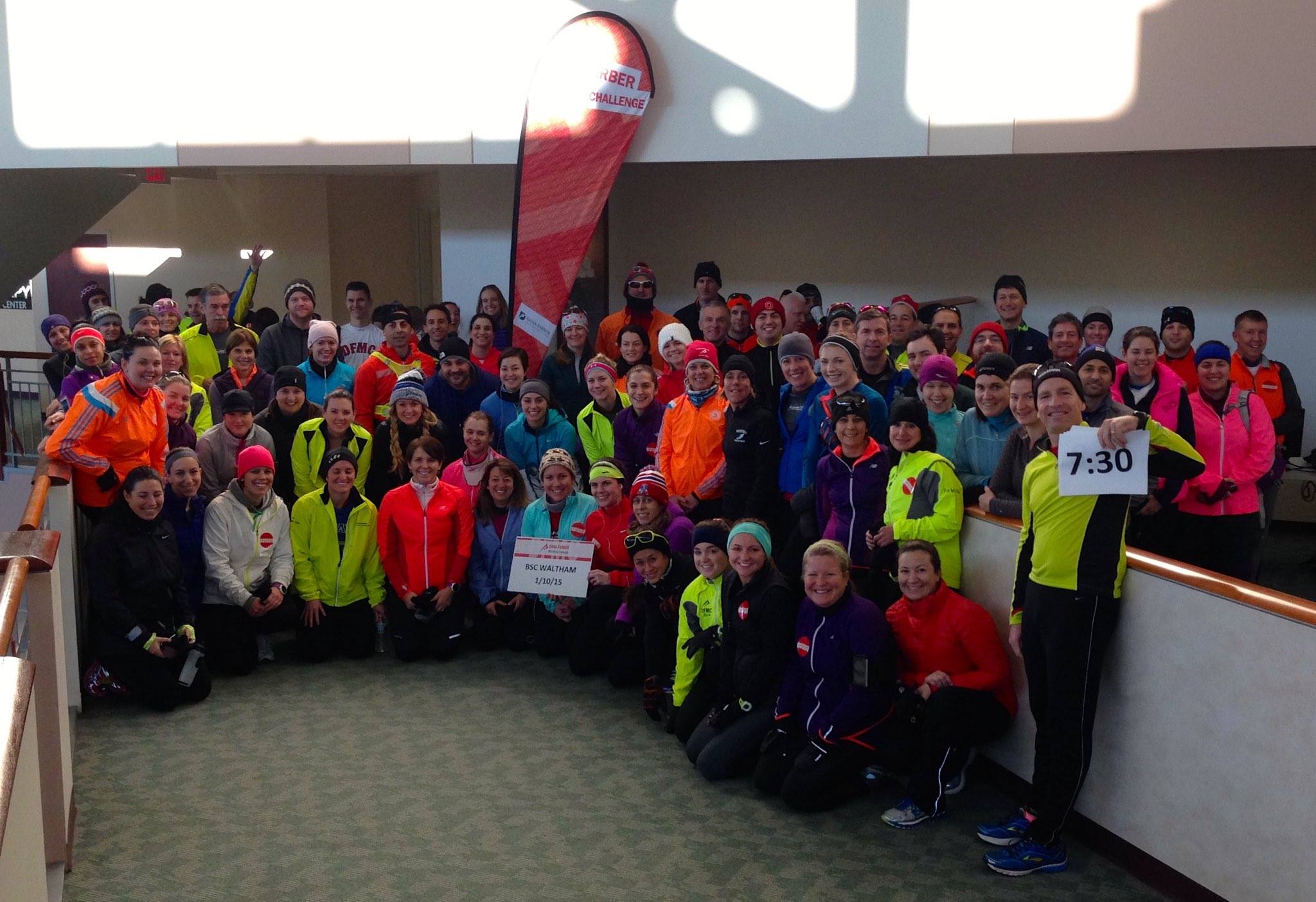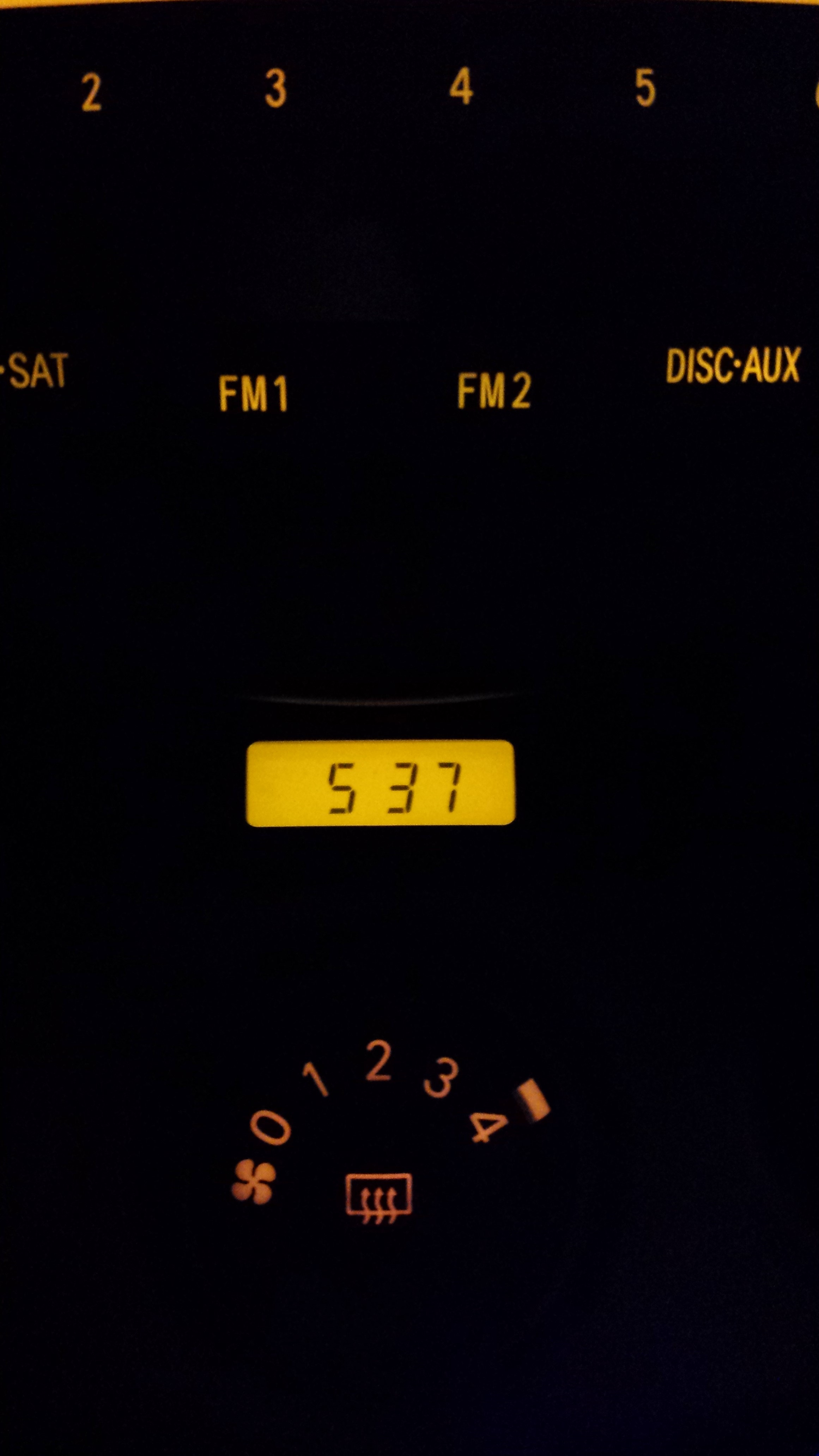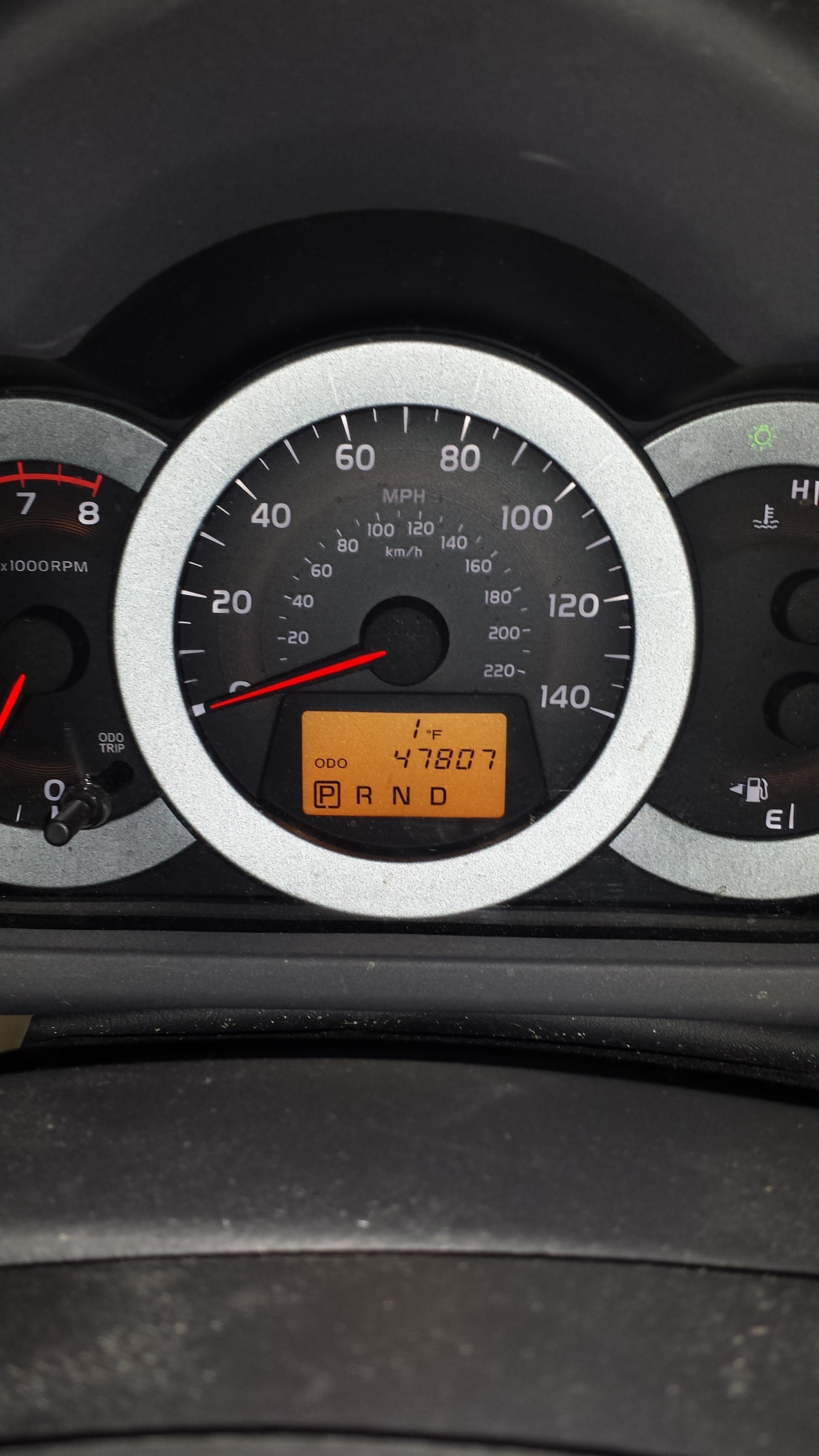Today I went to the gym and did an hour and a half on the arc trainer. This would mean I did 7.8 miles. I am putting more miles on during the week this week instead of at the group run on Saturday because this weekend’s group run is at the Boston Sports Club in Waltham and the course is very hilly so the less amount of mileage I can do on Saturday the better off I will be. I plan on doing 15.6 miles on the arc trainer before Saturday’s group run leaving me with at least doing 3 miles on Saturday.
Today’s question is related to weather. How do the cold temperatures affect cancer patients?
This Thursday, the temperature outside will be 0 degrees people with cancer are often at higher risk for illnesses caused by cold temperatures, such as hypothermia and frostbite.
Hypothermia develops when the body can’t produce enough heat to keep itself warm. Unfortunately, some medications and medical conditions caused by cancer or cancer treatment can interfere with the body’s ability to adjust its temperature. Dehydration, a common side effect of cancer treatment, and having a low amount of body fat may also make a person more prone to developing hypothermia when exposed to cold temperatures.
Extremely cold temperatures, can also cause unprotected skin and the underlying tissue to freeze in a matter of minutes, causing frostbite. The skin will become firm, pale, waxy, and numb. Frostbite most often occurs in the fingers, toes, nose, and ears. People being treated for cancer who have developed peripheral neuropathy (a nerve disorder) are at even greater risk because this side effect causes them to be less sensitive to temperature extremes.
So what can you do to stay as healthy as possible during this blast of arctic cold and throughout the winter?
Stay inside as much as possible when temperatures are near or below freezing (32°F, 0°C) or when cool temperatures are accompanied by high winds or rain. If you do go outside, dress in layers and wear gloves or mittens; a scarf that covers your head, neck, and face; and a hat. A hat is especially important if you have experienced hair loss.
If hot flashes, fever, vomiting, or other side effects have made you sweat, change wet clothes and bed sheets often to stay warm and dry.
Drink lots of fluids to keep your body hydrated. Consuming at least nine cups of water each day for women and 12.5 cups for men.



